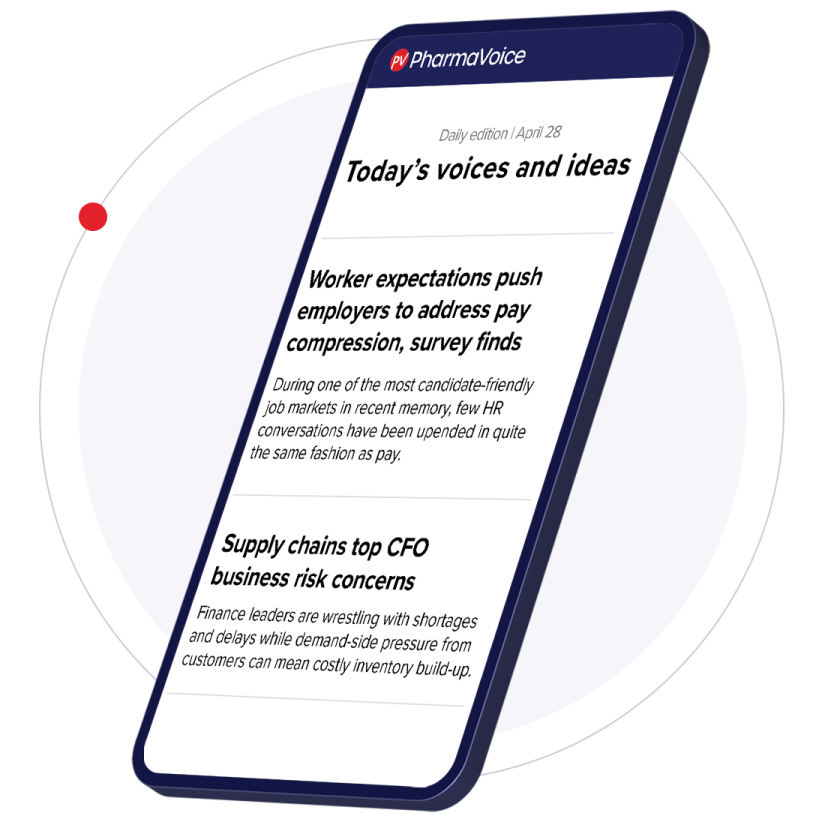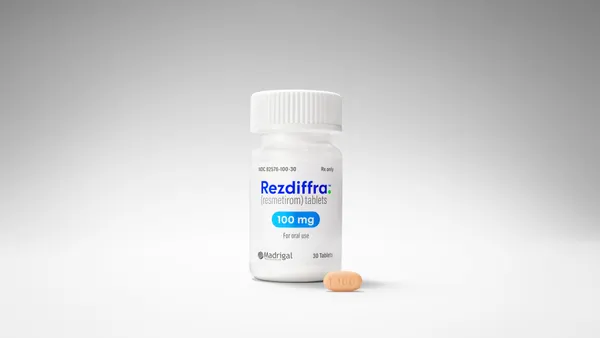Initial high hopes gave way to a weak start for new Alzheimer’s drugs in the last few years, but now they may finally be gaining some commercial momentum.
Sales of Eli Lilly’s Kisunla and Eisai and Biogen’s Leqembi have grown considerably with Kisunla raking in $70 million during the third quarter compared to $48.6 million in the second quarter. Leqembi, continuing to chart an upward course, pulled in $121 million globally — an 82% year-over-year increase.
“Providers are getting more comfortable with these treatments after seeing that most patients are tolerating them well,” said Dr. Suzanne Schindler, a clinical neurologist and dementia specialist at Washington University School of Medicine, in an email.
Since being approved, both drugs have been dogged by market challenges, including concerns about serious side effects, which some experts argued weren’t worth the drugs’ modest benefits.
The European Medicines Agency, for example, initially balked at Kisunla because the benefits of treatment — a 20% to 30% slowing of disease progression described as modest by some doctors — didn’t outweigh significant safety risks, including amyloid-related imaging abnormalities such as brain bleeds and swelling. Lilly appealed the decision, and the EMA reversed course, granting approval in September.
Leqembi faced similar questions around risk-benefit balance.
“I have been both encouraged and frustrated by the adoption of [Leqembi] and [Kisunla]. I believe these medicines are the vanguard of a treatment revolution."

Dr. Lawren VandeVrede
Assistant professor of neurology, UC, San Francisco
Prescribing challenges have also stymied uptake, reflecting the novelty of the drugs’ mechanism. The approved amyloid-targeting drugs require specialized protocols that many doctors weren’t familiar with when the treatments were approved, Schindler said.
“Most doctors have never done biomarker testing for Alzheimer’s disease, which is required, or used this class of drugs,” she said. Administration is also complex, requiring regular infusions and multiple brain scans and visits.
Many patients who could benefit from the drugs aren’t getting them due to a lack of education around early diagnosis and appropriate use of biomarkers, as well as persistent infrastructure gaps even at well-resourced academic medical centers, said Dr. Lawren VandeVrede, a cognitive behavioral neurologist and assistant professor of neurology at the University of California, San Francisco, in an email.
“I have been both encouraged and frustrated by the adoption of [Leqembi] and [Kisunla],” he said. “I believe these medicines are the vanguard of a treatment revolution as the field pivots to precision medicine and targeted intervention for neurodegenerative disease, especially Alzheimer’s.”
Reducing barriers to adoption
Despite this complicated landscape, the new drugs hold significant appeal for patients and caregivers facing a dearth of options.
Lilly, Eisai and Biogen have moved to improve safety and reduce the treatment burden. The recent approval of Leqembi Iqlik, a once-weekly, at-home maintenance injection, could reduce hospital visits and make ongoing treatment more convenient for patients who have finished the required 18 months of intravenous infusions.
“Hopefully these injectables can be used even earlier, which would decrease the burden of treatment for patients, caregivers and clinicians,” Schindler said. The FDA also approved a modified dosing schedule for Kisunla to lower the risk of ARIA without reducing drug dosage.
“I expect that prescribing will increase, especially as more data on safety and efficacy become available — early glimpses of these data have been encouraging,” Schindler said.
Still, drugmakers, regulators and the medical community need to establish more groundwork to give patients a clearer path to treatment.
“In my view, the major barrier to adoption is lack of experience and access, but I think familiarity with these medicines continues to increase as does comfort with counseling patients about and managing side effects like ARIA,” VandeVrede said. “The challenges around infrastructure and capacity to deliver care take longer to solve, but I’ve seen encouraging efforts in this space.”
The goal is to get treatment to patients at an earlier stage when the drugs could hold the most potential. A Kisunla extension trial, for example, showed a 27% reduction in disease progression among early-stage patients compared to those who started taking the drug later.
But the steady rise of Kisunla and Leqembi suggests that after a tentative outset, disease-modifying Alzheimer’s drugs may be gaining commercial traction.
“Hopefully, we’ll continue to see increases as we are not yet reaching all patients who we would expect to benefit,” VandeVrede said.











